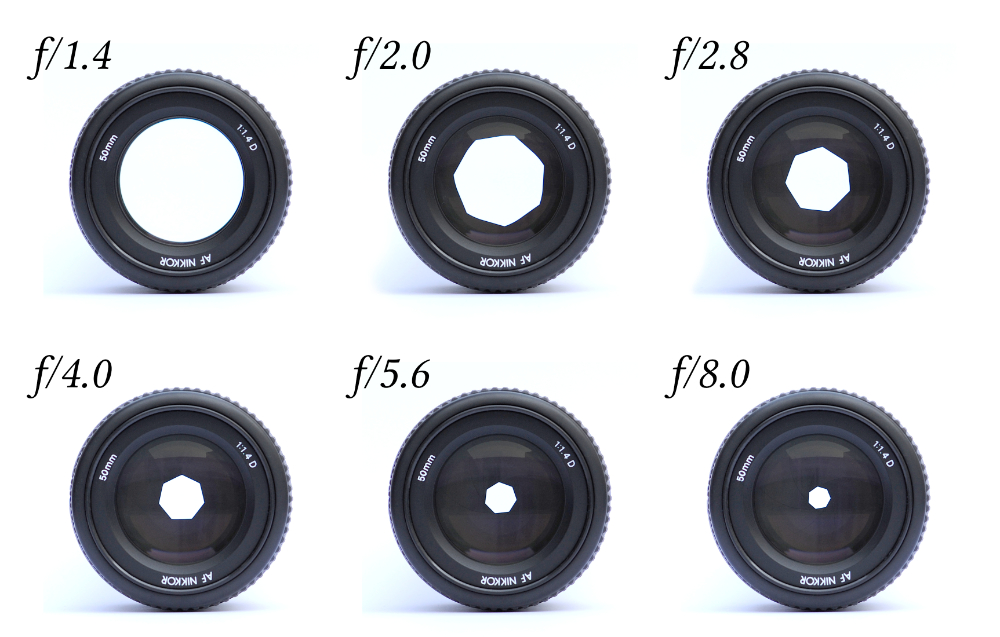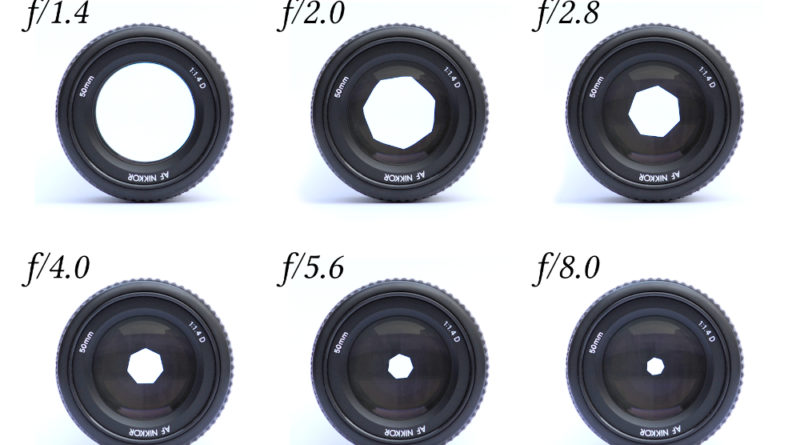What is aperture and how does it change your photos

Aperture is a fundamental component of exposure in photography and understanding how it works is essential for achieving the desired results. In this article, we will discuss what aperture is, how it works, and how different aperture settings can change the look and feel of your photos.
What is aperture?
Aperture is the size of the opening in the lens through which light enters the camera. It is measured in f-stops, with larger f-stop numbers indicating smaller apertures and less light entering the camera. The aperture also affects the depth of field, which is the range of distance that appears in focus in an image.
How aperture works
When you adjust the aperture, you’re changing the size of the opening in the lens. A larger aperture (smaller f-stop number) means a larger opening, which allows more light to enter the camera. A smaller aperture (larger f-stop number) means a smaller opening, which allows less light to enter the camera.
Aperture and depth of field
The aperture also affects the depth of field in the image, which is the range of distance that appears in focus. A larger aperture (smaller f-stop number) creates a shallower depth of field, with only the subject in focus and the background blurred. This is great for portrait photography or for emphasizing a specific subject in the image. A smaller aperture (larger f-stop number) creates a deeper depth of field, with more of the image in focus. This is great for landscapes or other situations where you want everything in the image to be in focus.
Aperture and lens quality
The aperture also affects the sharpness and clarity of the image. Some lenses perform better at certain aperture settings, with some producing softer or less sharp images when used at the largest aperture settings. It’s important to test your lens at different aperture settings to determine the optimal settings for sharpness and clarity.
Aperture and exposure
The aperture is one of the three elements of exposure, along with shutter speed and ISO. When you adjust the aperture, you’re also adjusting the exposure of the image. A larger aperture (smaller f-stop number) allows more light into the camera, which means you can use a faster shutter speed or lower ISO to achieve the desired exposure. A smaller aperture (larger f-stop number) allows less light into the camera, which means you may need to use a slower shutter speed or higher ISO to achieve the desired exposure.
Conclusion
In summary, aperture is a fundamental component of exposure in photography, and understanding how it works is essential for achieving the desired results. By adjusting the aperture, you can control the amount of light entering the camera, the depth of field in the image, and the sharpness and clarity of the image. Experimenting with different aperture settings can help you achieve the desired creative effect in your photos.
Read more about aperture on this nice article https://www.usa.canon.com/learning/training-articles/training-articles-list/what-is-aperture

